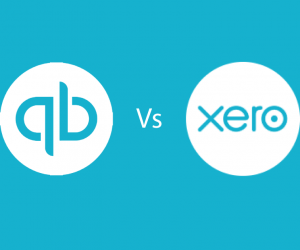The advent and expansion of IoT have caused profound shifts in software solutions and smart devices. IT infrastructure is used by software development teams to provide reliable and dependable software.
Additionally, the majority of smart gadgets rely heavily on IoT to communicate with one another and other systems. A smart device’s entire premise is based on increased interoperability and communication between different platforms.
A truly intelligent gadget would learn from its user and its surroundings to improve the quality of service it provides. The variety of available smart gadgets for use in a variety of contexts is astounding. In order to be commercially viable, linked smart gadgets must fulfil a number of requirements.
- Cyber security measures must be trustworthy in order to keep data and people safe.
IoT software development requires careful planning of its security infrastructure because of the prevalence of potential dangers. The security features of a smart product should keep the device, its data, and the network safe from harm.
- The product’s architecture needs to be adaptable and well-tested
IoT engineering services are affected by many factors, one of the most important being the architectural pattern used. Connectivity between devices in the Internet of Things (IoT) should be as smooth as possible, thanks to the software’s design. Intelligent user interactions, open interfaces, device and user management, loose coupling, security, data intake, open interfaces, analytics, scalability, and more should all be addressed by the architecture. This highlights the importance of architecture in achieving strategic goals for a company. Because of this, IoT has been gaining ground in the tech industry. Referencing an existing architecture is common practice for software development teams. The end result is a version that is tailored to the needs of a particular application or industry.
- The product must be able to utilise network protocols and the network’s topology.
The network topology and protocols pertinent to an IoT application development are often determined by the configuration of devices (data sources) and how they link to edge devices. Devices often establish connections with the Edge Gateways. Very rarely does the gadget have direct cloud access. Restrictions imposed by the operating environment, power supply and consumption, and geographical requirements (such as proximity and length of connectivity) are just a few examples of other considerations that may play a role in determining the protocols and topology used.
- The product’s testing and rollout shouldn’t be complicated.
End-to-end testing must be performed on multiple layers and in various contexts before releasing Internet of Things applications. For this to be a success, it is crucial that the software in question fulfils all of the necessary operational, performance, and functional requirements. The success of products can be enhanced by employing best practices like continuous development (CD), continuous integration (CI), and automated testing in addition to an agile and DevOps development strategy.
- The programme must be expandable.
One of the many non-functional requirements for an IoT Engineering solution is that it be built with scalability in mind. Data ingestion, storage capacity, processing power, and the total number of data sources should all be extensible. In most cases, scalability in the cloud is managed. On-premises deployments, however, necessitate that system itself handles scaling. Scalability in storage can be attained by striking a harmony between processing demands. The future usefulness of the data is preserved thanks to the storage’s scalability.
The Importance of IoT and Why It’s Necessary?
As with any potentially game-changing development, there are significant risks and rewards associated with the Internet of Things (IoT). The number of IoT devices and associated revenues in the next few years are expected to double. IoT product developers stand to gain substantially from this trend.
Contrary to popular belief, the Internet of Things is not a “get rich quick” scheme. However, jumping headfirst into IoT development without familiarising oneself with best practices is a surefire way to have projects fail.
The good news is that if you and your team put in the time and effort to prepare and educate yourselves, you’ll have a much better chance of success. Read this Comprehensive Guide to Internet of Things Development Frameworks and Best Practices to learn everything you need to know to bring your product ideas to life. What you’ll find is:
- The gold standard
- Changes in the way we approach development
- Internet of Things Frameworks for Software Development
- Possibile applications
